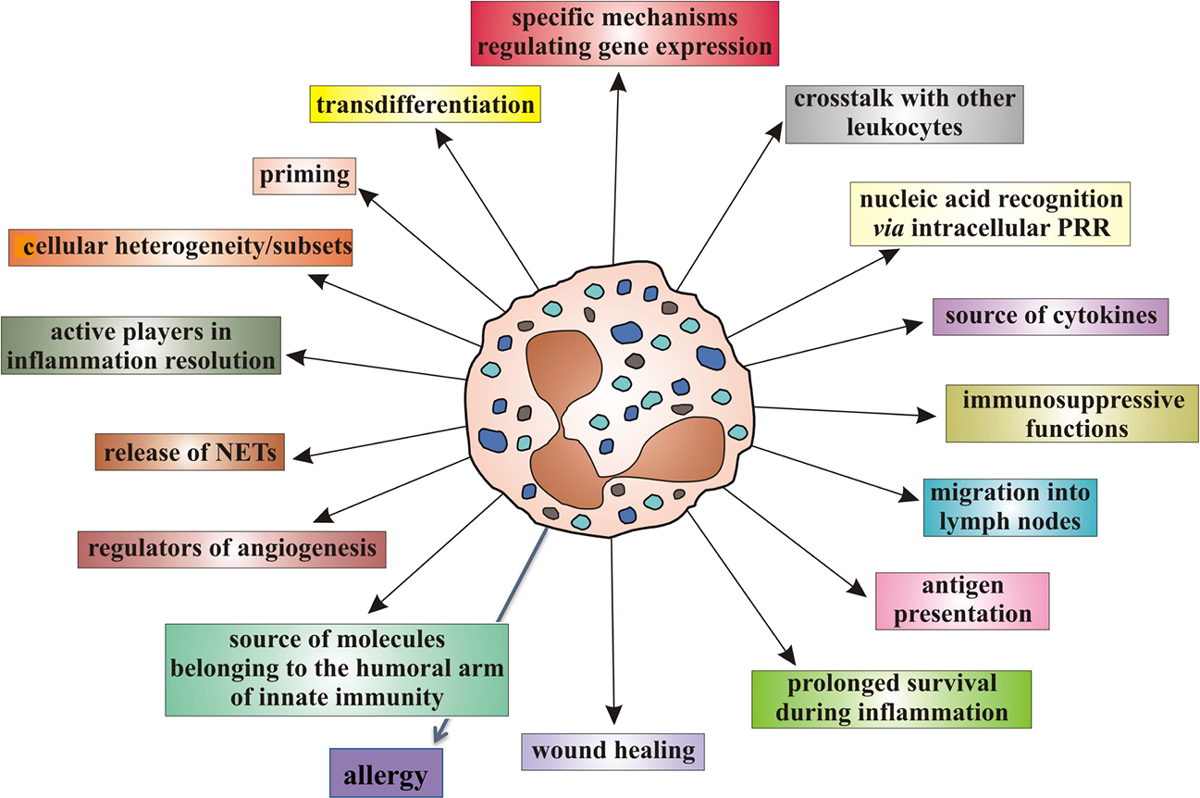Use of Integrative Medicine in the
United States Military Health System
SOURCE: Evid Based Comp Alternat Med. 2017 (Jun 13)
Cathaleen Madsen, Megan Vaughan, and
Tracey Pérez Koehlmoos
Uniformed Services University of the Health Sciences,
Bethesda, MD, USA.
Integrative medicine (IM) is a model of care which uses both conventional and nonconventional therapies in a “whole person” approach to achieve optimum mental, physical, emotional, spiritual, and environmental health, and is increasingly popular among patients and providers seeking to relieve chronic or multifactorial conditions. The US Department of Defense (DoD) shows particular interest in and usage of IM for managing chronic conditions including the signature “polytrauma triad” of chronic pain, traumatic brain injury (TBI), and posttraumatic stress disorder (PTSD) among its beneficiaries in the Military Health System (MHS).
These modalities range from conventional nondrug, nonsurgical options such as cognitive-behavioral therapy to nonconventional options such as acupuncture, chiropractic, and mind-body techniques. These are of particular interest for their potential to relieve symptoms without relying on opiates, which impair performance and show high potential for abuse while often failing to provide full relief.
This review describes the use of IM in the MHS, including definitions of the model, common therapies and potential for use, and controversy surrounding the practice. More research is needed to build a comprehensive usage analysis, which in turn will inform sound clinical and financial practice for the MHS and its beneficiaries.
From the FULL TEXT Article:
Introduction
Integrative medicine (IM) is a current healthcare paradigm which promotes a “whole person” approach to health through coordinated use of appropriate therapies originating both inside and outside of conventional medicine. Though often conflated with complementary and alternative medicine (CAM), changes in the definition of these terms make this conflation technically inaccurate.
There are more articles like this @ our:
The American Board of Physician Specialties describes IM according to five areas:
patient-provider partnership;
consideration of all factors, including mental, physical, and spiritual, in addressing health, wellness, and disease;
facilitation of the body’s innate healing response through use of conventional and nonconventional methods;
the use of less-invasive and less-harmful treatments whenever possible to treat the whole patient as well as the disease; and
the ideal of medicine as science-based, inquiry-driven, and willing to give critical consideration to new paradigms. [1]
The National Center for Complementary and Integrative Health (NCCIH) at the National Institutes of Health (NIH) defines nonconventional modalities as
alternative when used in place of mainstream therapies,
complementary when used as adjunct to mainstream therapies, and
integrative when used as part of a coordinated system of care. [2]
However, classification of therapies varies widely between sources and depends heavily on usage. Additionally, the lines between IM and conventional medicine are increasingly blurred, as nonconventional therapies such as acupuncture and chiropractic are now taught in mainstream American medical schools [3] and familiar nondrug, nonsurgical options such as cognitive-behavioral therapy are offered under the umbrella of IM. [4]
Read the rest of this Full Text article now!





Leave A Comment